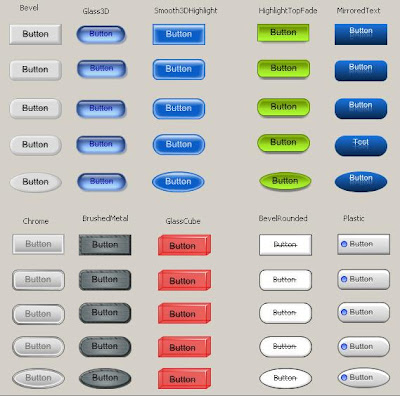Announcing XNA Game Studio 2.0
What’s New with XNA Game Studio?
- XNA Game Studio 2.0 works in all versions of Visual Studio 2005. This includes Standard and Professional, as well as many other specific editions.
- The new and improved interface makes it easier for you to manage your Xbox 360 console.
- You’ll find that managing and building content is easier and more consistent in XNA Game Studio.
- We’ve included project templates for content importers and processors.
- You can configure how content is processed with the new ability to set
parameters on Content Processors.
What’s new in the XNA Framework? Now you can:
- Create rich multiplayer games over Xbox LIVE using the new networking APIs.
- Create Audio more effectively with the new XACT editor!
- Host XNA Framework games easily inside a Windows Form.
- Use the virtualized GraphicsDevice: no more special code to handle device reset and recreate!
- Take advantage of render targets that are more flexible, consistent, and easier to use. Xbox 360 and Windows now support multiple render targets (MRTs) as well.
- Easily nest one component inside another thanks to improvements in GameComponent.
- Enjoy many more enhancements and tweaks!
Most of our development on this version has been in response to your feedback. What you see here only scratches the surface of everything new in XNA Game Studio 2.0. As we near the release of XNA Game Studio coming late 2007, we'll have more information.
Source :- From XNA Blog
.. more.


 (O/R Designer) surface will open and that’s time to drag database objects from server explorer (this requires you’ve a connection to database) and drop it on.
(O/R Designer) surface will open and that’s time to drag database objects from server explorer (this requires you’ve a connection to database) and drop it on.











